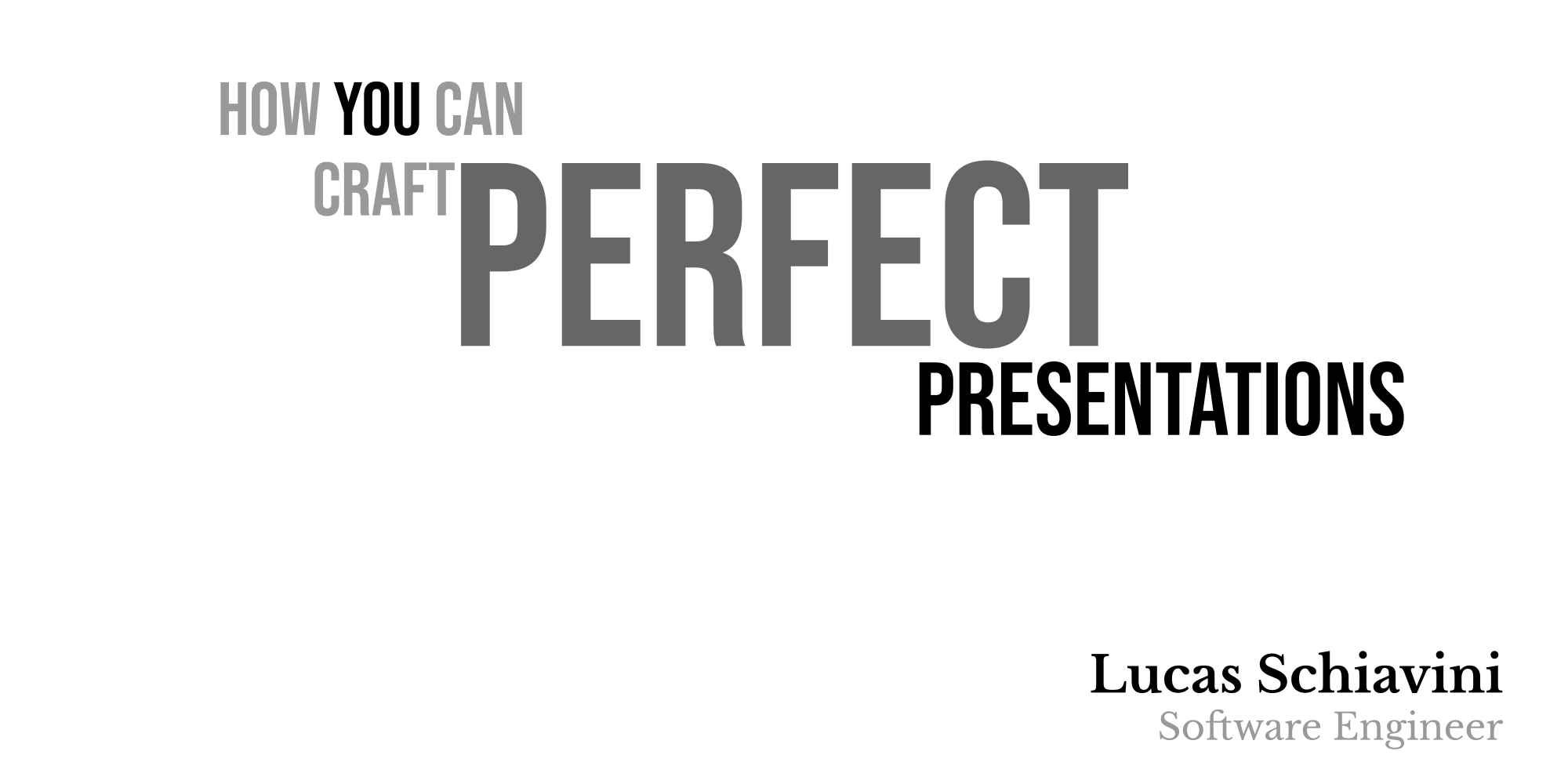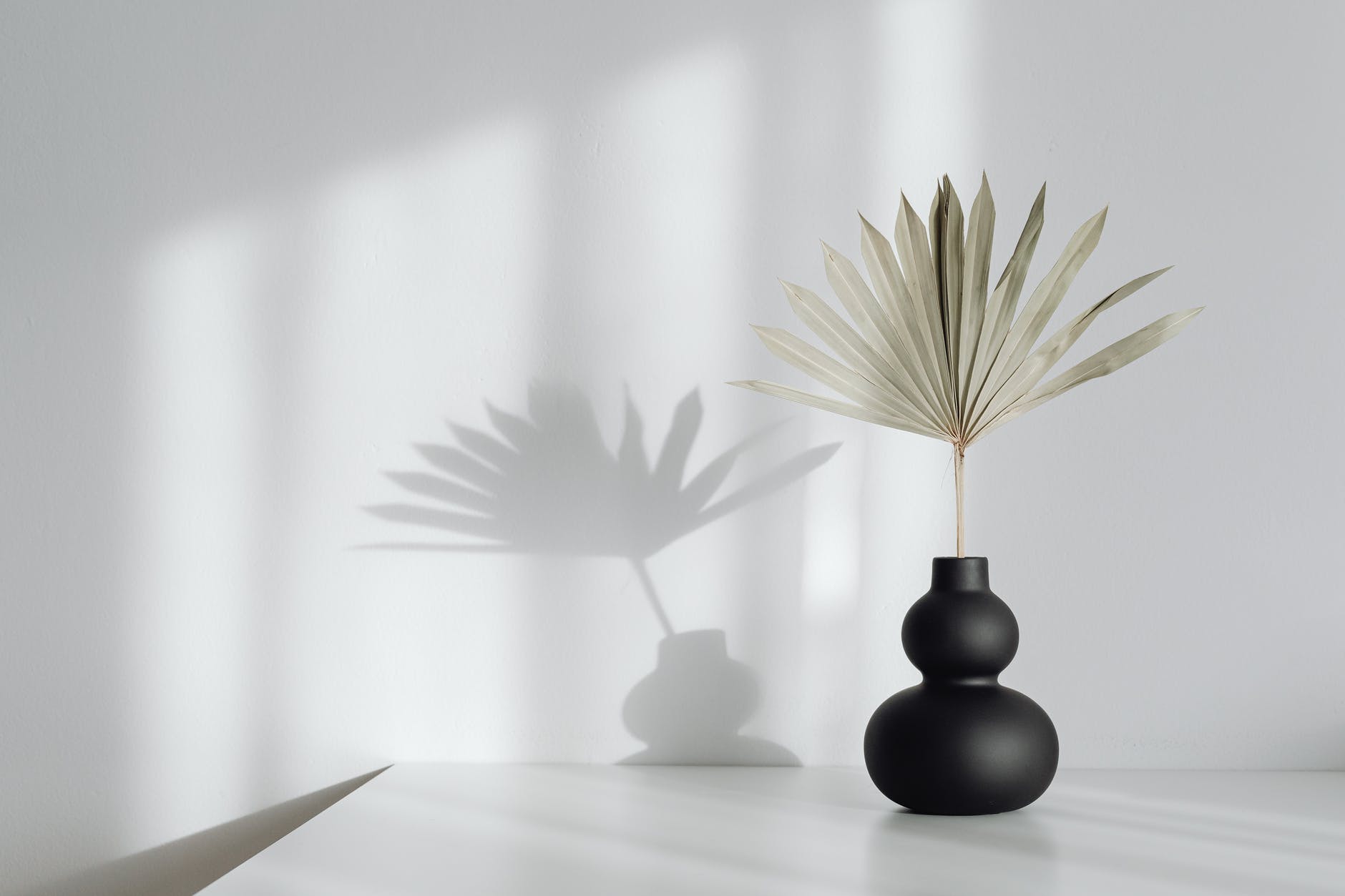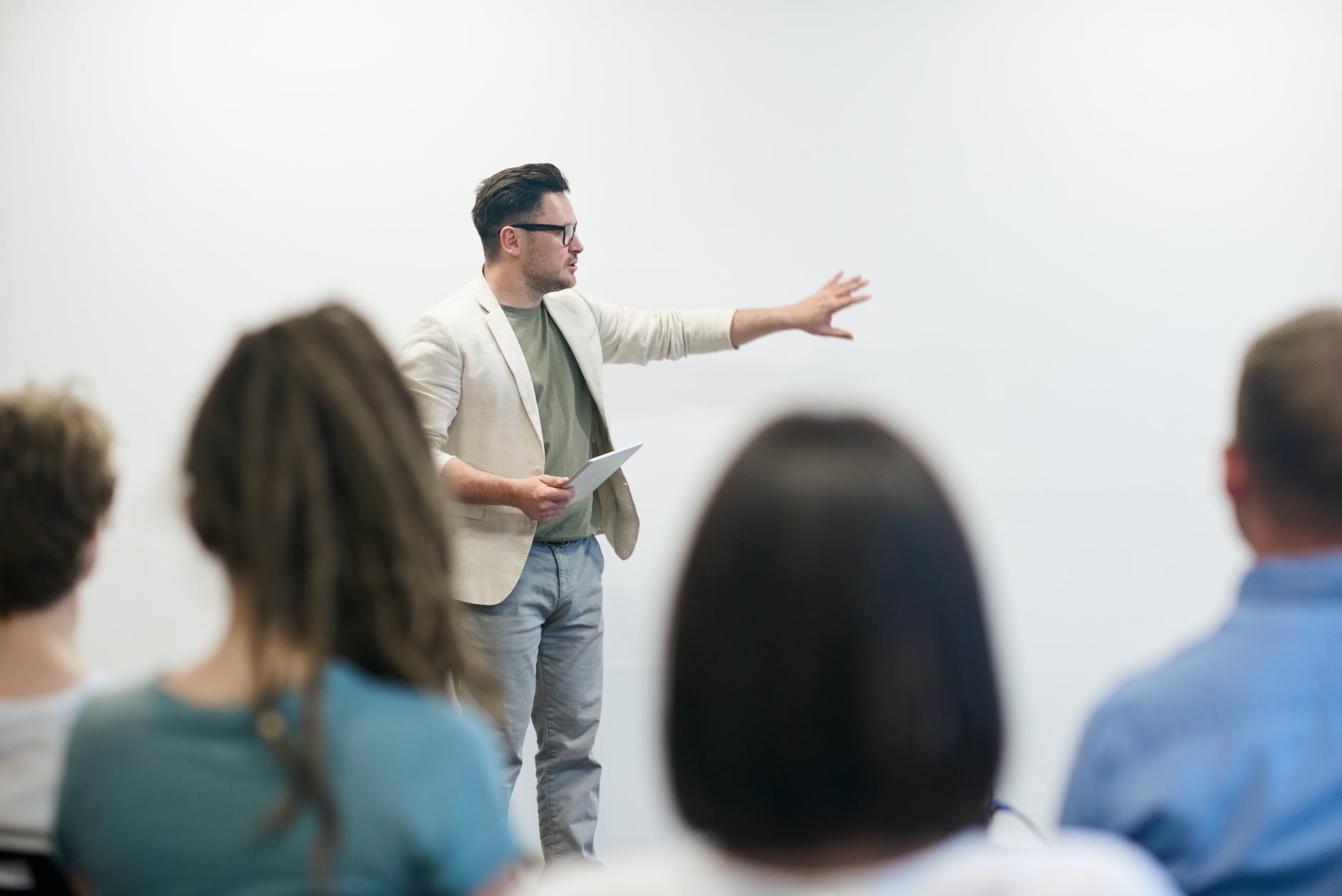Next Level Presentations [1/3]: 🙉 Preparation!
Who has never been bored to death with slides full of bullet points and thought “Is this it? When can I leave?”.
![Next Level Presentations [1/3]: 🙉 Preparation!](/content/images/size/w1200/wordpress/2022/04/Next_Level_presentations_2-1.png)
In this Three part series, I’ll be discussing how you can make your presentations amazing! Be sure to check them out in order or I’ll eat your souls.
Motivation
We live in the Conceptualisation Age according to Daniel Pink.
And people capable of moving an audience end up with serious advantages in the world, no matter what they work on.
So if you also want to have a piece of this new age success, come with me.
A Zen Approach
This approach uses a lot of concepts from the Zen Buddhist aesthetic from Japan. It values simplicity, elegance, clear objectives.
6 Pillars
This approach follows with 6 pillars.
- Design: The conscious act of adding or removing elements in a art piece. It is something to be thought about since the beginning of the process, not some after thought when it’s over. The clarity to know which elements should or shouldn’t be in the composition requires calm and reflection.
- Stories: Whomever gets the attention of the crowd, be it in a school class or a lecture, are those that are able to move people emotionally. And these are the people that can use a fundamental human tool called Stories.
- Symphony: Being capable of synthesise problems, see complex relationships between different kinds of data and show their findings in a simple way. More important than killing the crowd with text after text is to show intuitively how the concept you are trying to convey is useful.
- Empathy: Putting yourself in someone else’s shoes to understand how better show a concept. If the crowd isn’t moved and hasn’t learned, then you failed.
- Fun: Common sense presentations are formal and boring, they are something to be endured till the end. But inserting fun can help you explain concepts in a more intelligible way.
- Meaning: If you have the opportunity to speak about something you find interesting and important, be it in a small group or a huge auditorium, be grateful. Show your gratitude when you present. You might even surprise yourself to see people caring about what you care about.
Preparation
How to be more Creative
Start with a beginner’s mind, the mind that is open to novel ideas, it is curious and wants to understand things.
Like a child, this mind is worried only about exploring. There are no thoughts of “I’m doing it wrong”.
The expert’s mind on the other hand thinks “This can’t be done” or “This shouldn’t be done”.
It is important to start the process in a exploration filled way. That way you don’t spend too much time inside your head thinking about what’s the worst that will happen if you do this or that wrong.
Don’t Force
Plan to allow good lengthily walks on nature, long showers, or even physical exercise. The brain needs a break to renew it’s creative energy.
Restrictions
John Maeda, author of Rules of Simplicity once said that it’s restrictions that generate better solutions.
If you want the freedom to draw a giraffe, say with a short neck, you’ll see that you don’t have the freedom to draw a giraffe.
Restrictions are a part of any design initiative. They delimit what you can and can’t do. With them you are forced to create with the bare minimal, and make your message as clear as possible.
Example: Pecha Kucha:
Analog First
Most people open up a computer to brainstorm and create the minimal layout for the presentation. Don’t do this. Preparation must be a step on it’s own. And it must be done analogically to minimise distractions.
First you must take your idea from your head and put it in paper, where you can see it, share it, and improve it.
You need to see the details and add or subtract(mostly subtract) when needed. You need to be capable of viewing with a bird’s view and with an up close view. Ideas and patterns are easy to see when they are on a whiteboard, wall or over a desk.
Brainstorm
Use blank sheets of paper or whiteboard with post its. It’s important to be able to move one idea from place to place, that’s why I adopt post its more often than not.
After all the ideas are mapped in post its, group them accordingly with the questions “What is my point?” and “Why does it matter?”.
So you can create a sequential flow of ideas and a structure so they make sense.
Tell a Story
There is a huge gap between “Let’s colonise Mars by 2030” to “Here’s a list of every technical advancement in the aerospace industry over the last 20 years”. One tells a story, and another tells facts.
Facts don’t engage an audience. You need to tell a story that shows the importance of those facts. It’s the famous Show don’t Tell.
Every Story needs Conflict. It is the eternal struggle between positive and negative forces. Without one, you can’t see the other. Without villain there is no hero. A Batman movie doing anything but hunting down villains would be very boring.
So, create contrast, create conflict and show your message going against an opposing force.
Editing
It’s during this stage that you remove the non essential.
That way you don’t sound prolix.
Re read your text, your story and always ask yourself “Does this serve my message?”. If the answer is anything but an emphatic YES, remove it.
Now that we are prepared, we are ready to move on towards the next step in this series, Design!



Liked my content? Feel free to Buy me a Coffee ☕.
Didn’t like my content? Share your thoughts in the comments!
Lucas Schiavini




